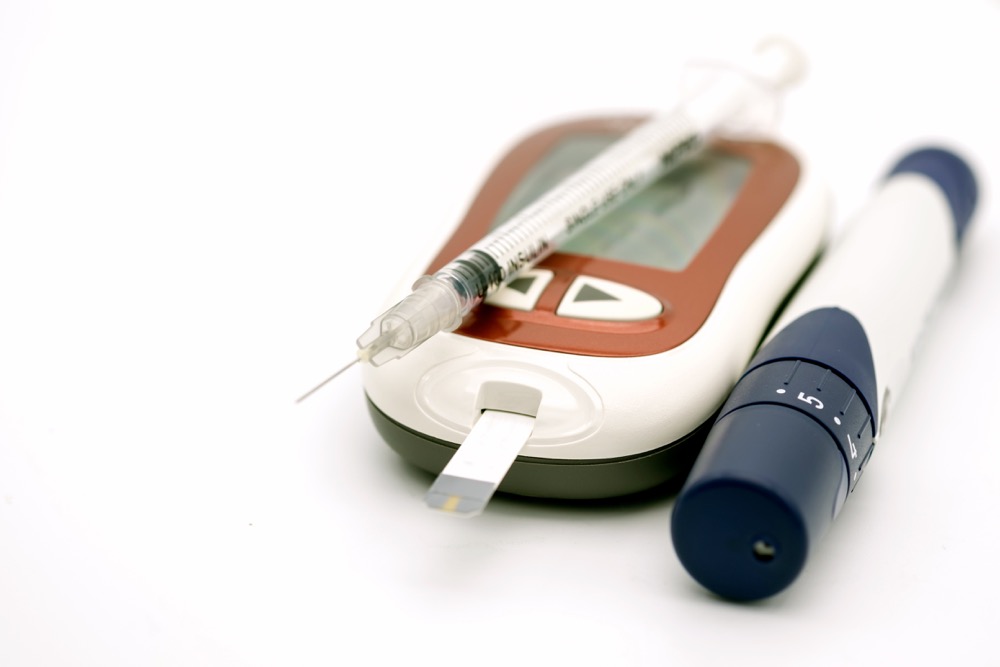One in three Canadians has diabetes. Many don’t even know it. Diabetes is a metabolic disorder characterized by suboptimal insulin secretion and/or diminished insulin activity. Insulin is the hormone in the body that is responsible for the metabolism of carbohydrates such as glucose, so with diabetes, glucose levels are elevated. This then puts individuals at risk for blindness, kidney disease and cardiovascular problems such as high blood pressure, heart attack and stroke.
Diabetes is classified as either Type 1, which affects younger people and seems to involve the immune system, or Type 2, which may affect older individuals. In Type 2 diabetes, the pancreas does not respond appropriately when secreting insulin, and various factors may be involved ranging from genetics to lifestyle.
At one time, Type 2 diabetes was viewed as a disease of older people, but today younger and younger people are being diagnosed with it.
Read Also

The big squeeze: How to be fair to siblings during farm succession
Managing sibling business relationships on family farms.
Blood glucose monitoring is important in the effective management of both Types 1 and 2. If we can measure glucose in the blood, it gives us the power to adjust insulin doses or change food intake for the best health results. As well, the effects of medications can be monitored, and even high or low blood glucose can be detected.
At one time, diabetes monitoring was done with urine tests, and while still available, these are less sensitive. With blood glucose tests, an actual amount of glucose can be determined. In Canada, the units are millimoles per litre, specifically four to seven when fasting or before meals and five to 10, two hours after eating.
In the U.S., the units are milligrams per decilitre which means the numbers are in the 100s, which may be confusing to people watching American television. Everyone with diabetes will have their own individual targets and monitoring can help them achieve these targets.
Diabetes Canada recommends people with diabetes monitor their blood glucose levels with self-monitoring devices. A drop of blood is placed on a testing strip, and when this is inserted into the monitor and read, it gives a reading of blood glucose levels.
These monitors were developed in the mid-1970s and over time the technology has improved with faster, more accurate readings requiring less blood. The frequency of self-monitoring is usually individualized with those with a greater risk of low levels or having acute illnesses usually needing testing more often.
The most recent developments in blood glucose testing are monitors that do not require “finger pricks.” These monitors are either flash glucose monitors or continuous glucose monitors. Both require a sensor to be worn, usually for several weeks, which acts to monitor glucose levels.
With “flash monitors,” when the sensor is “flashed” with a reader, the glucose level is read. With continuous glucose monitors, glucose readings are reported usually every five minutes to a phone app where they can be viewed. Continuous glucose monitoring provides trends as well as warnings about high or low levels of glucose. More accuracy and patient involvement with their diabetes are the advantages of these.
The other type of blood glucose test is A1C or glycated hemoglobin. Since glucose attaches itself to hemoglobin or red blood cells, a laboratory blood test will show blood glucose levels. Hemoglobin has a life span of about 90 days, thus an A1C test will provide a picture of blood glucose over the last three months. This test is done in a laboratory, and no self-monitoring tests are available — yet! The test results are expressed as a percentage with 4.0 to 5.6 per cent being healthy, 5.7 to 6.4 per cent being prediabetes, and anything higher diabetes diagnosis.
Regardless of what type of blood glucose monitor is used, the key is using it as often as recommended and recording the readings. Empowerment in treating diabetes, and better health, are sure to follow.















